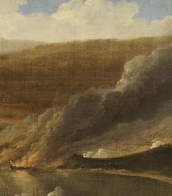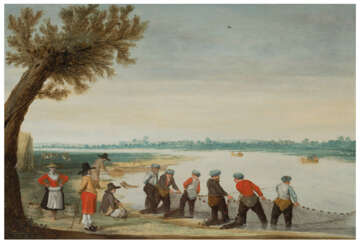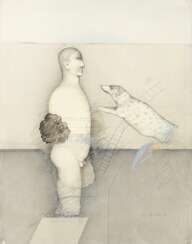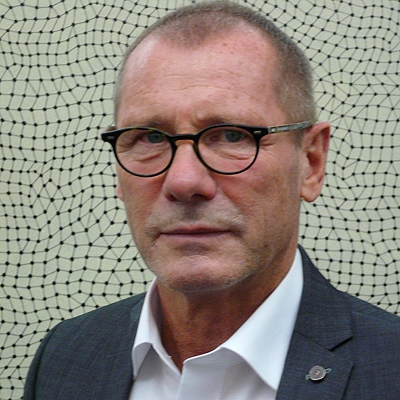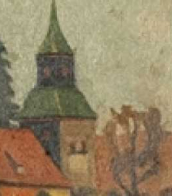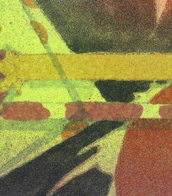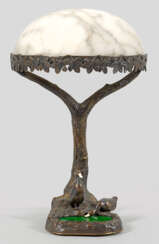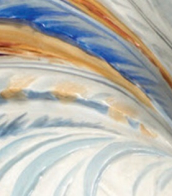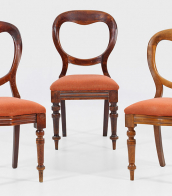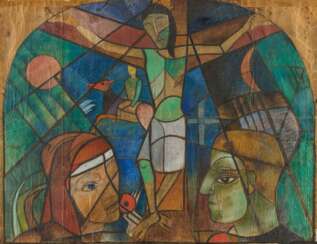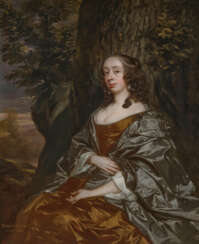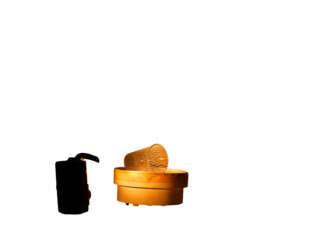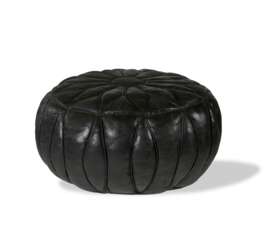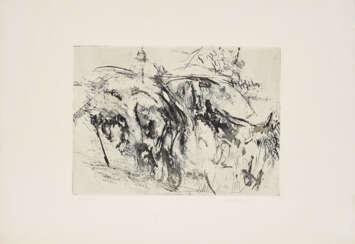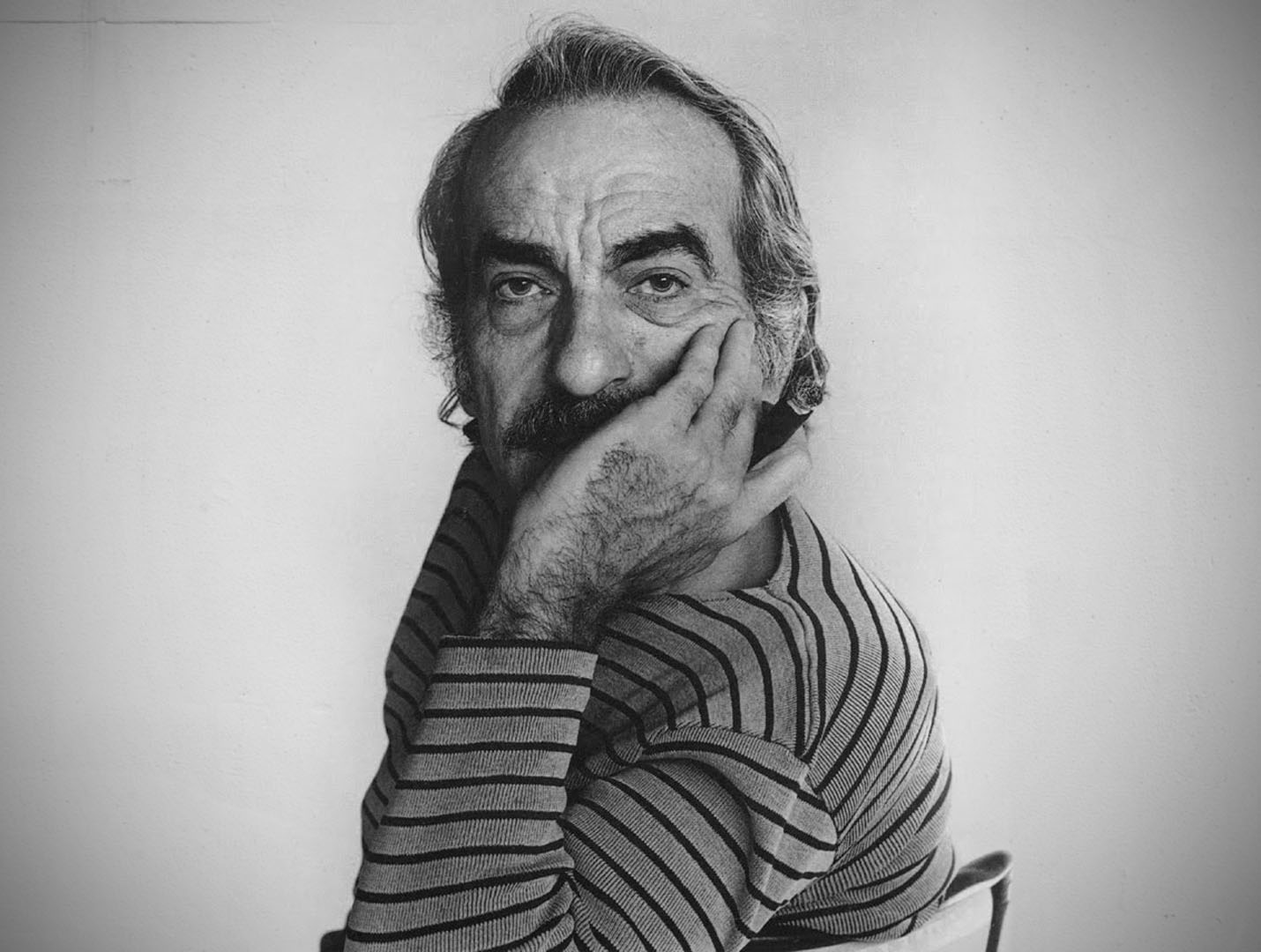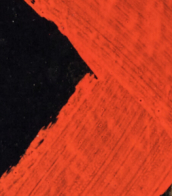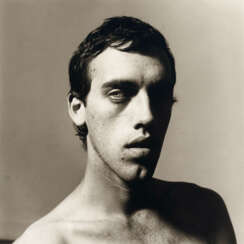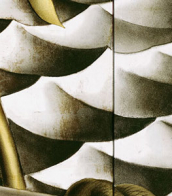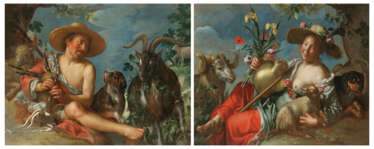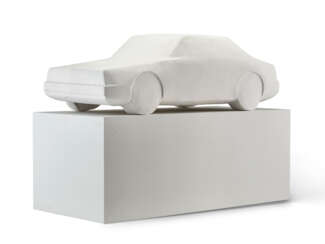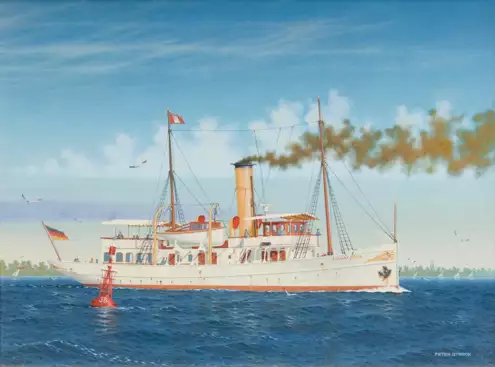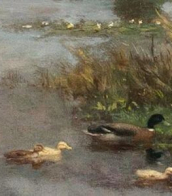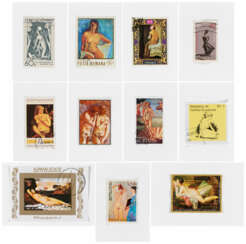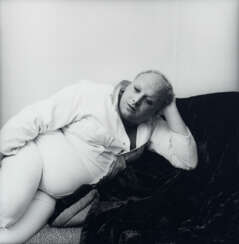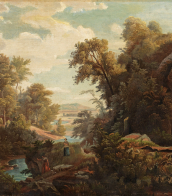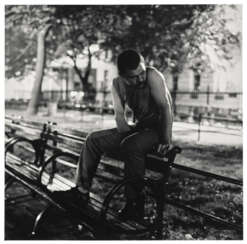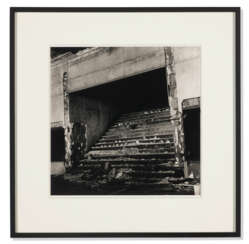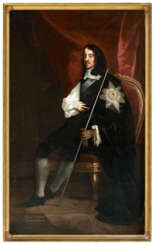peter &
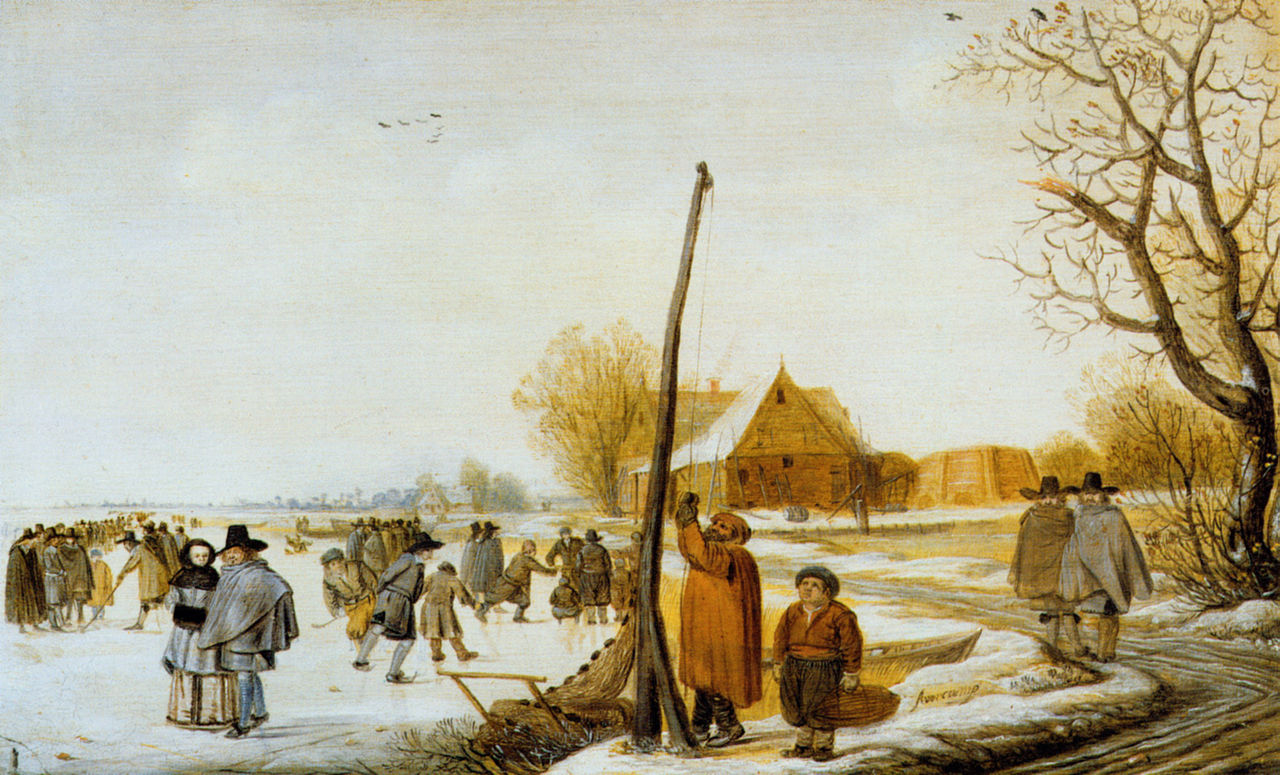
Barent Avercamp was a Dutch painter. He was taught by his uncle Hendrick Avercamp, who was also a painter. Barent primarily painted scenes depicting Netherlands in winter. He was a member of the Guild of Saint Luke, and traveled around the Netherlands including Zwolle and Zutphen for his settings and inspiration.
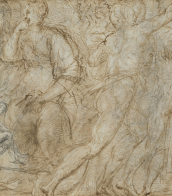
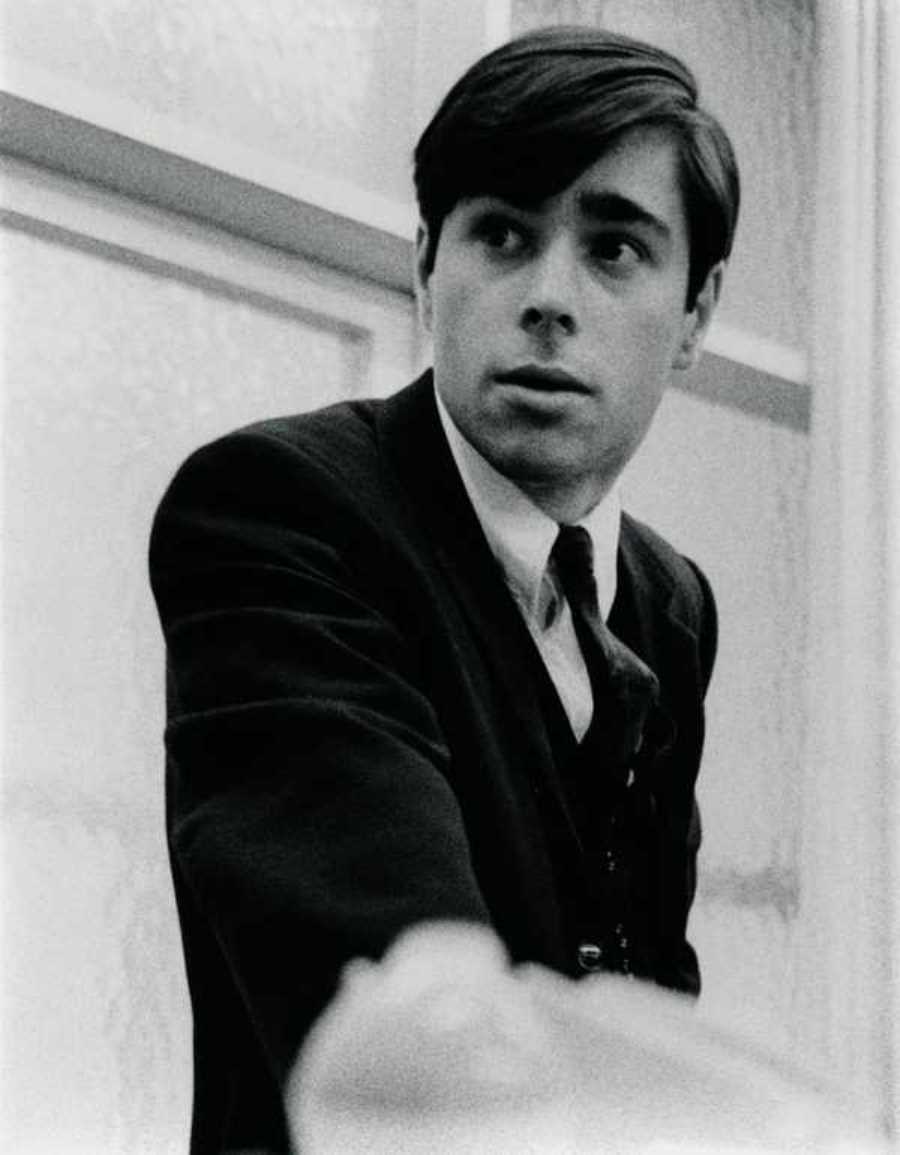
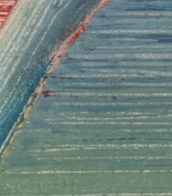
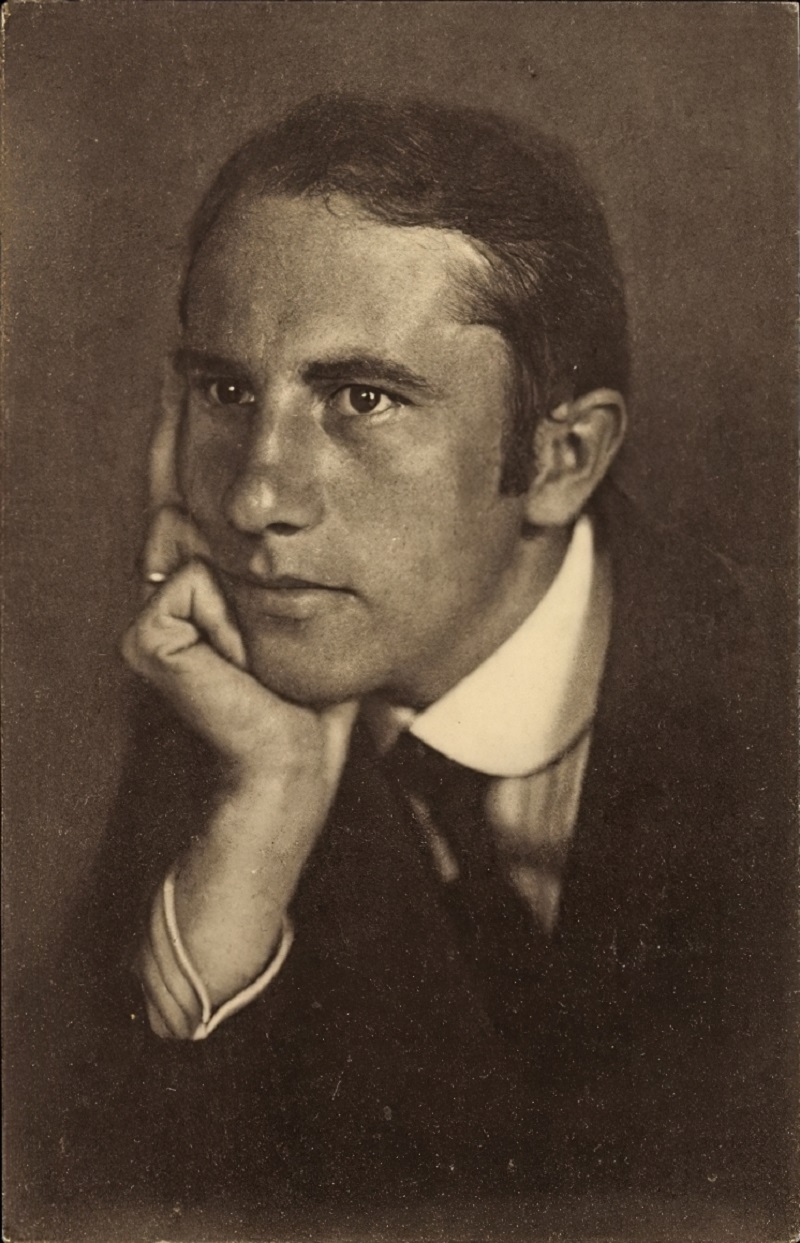
Heinrich Mathias Ernst Campendonk was a painter and graphic designer born in Germany who became a naturalized Dutch citizen.
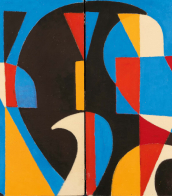
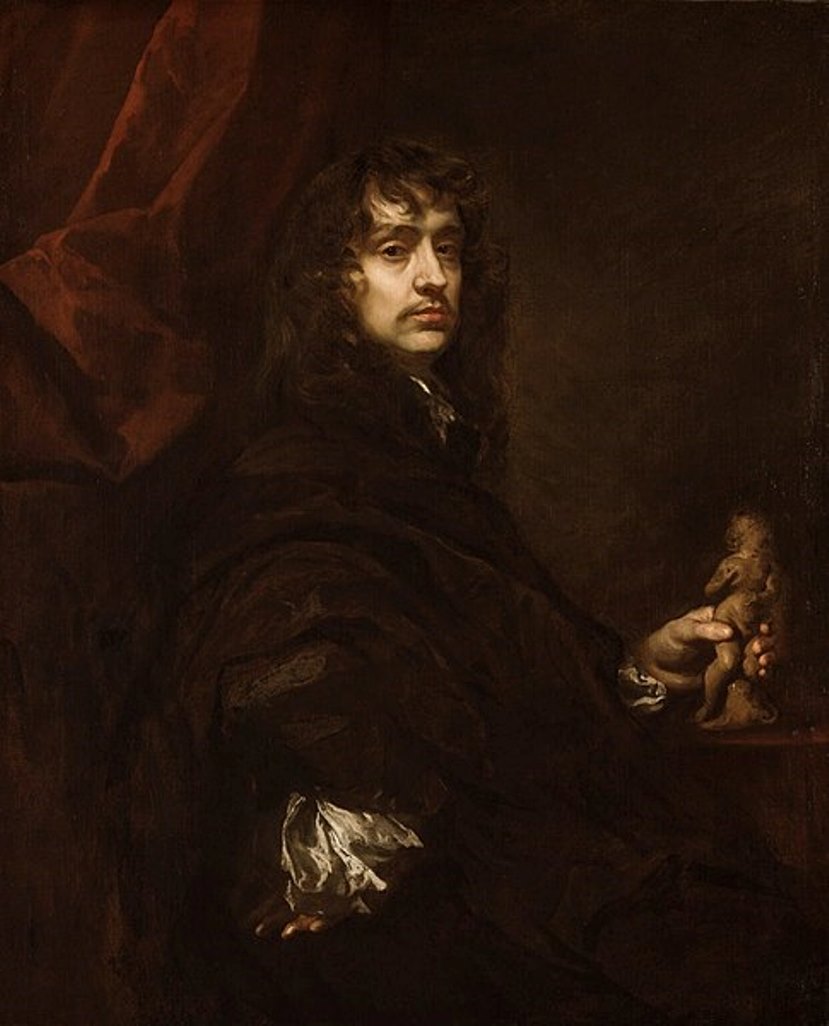
Peter Lely, née Pieter van der Faes, was an English painter of Dutch origin, a member of the Guild of St. Luke in Haarlem.
In England his talent as a portrait painter was very highly regarded, he became a British subject and was knighted. For many years Lely had the title of the most fashionable portrait painter in England. He was the chief portrait painter at the court of Kings Charles I and Charles II. Lely painted many portraits of noble knights and ladies of the court.
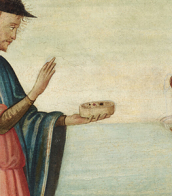
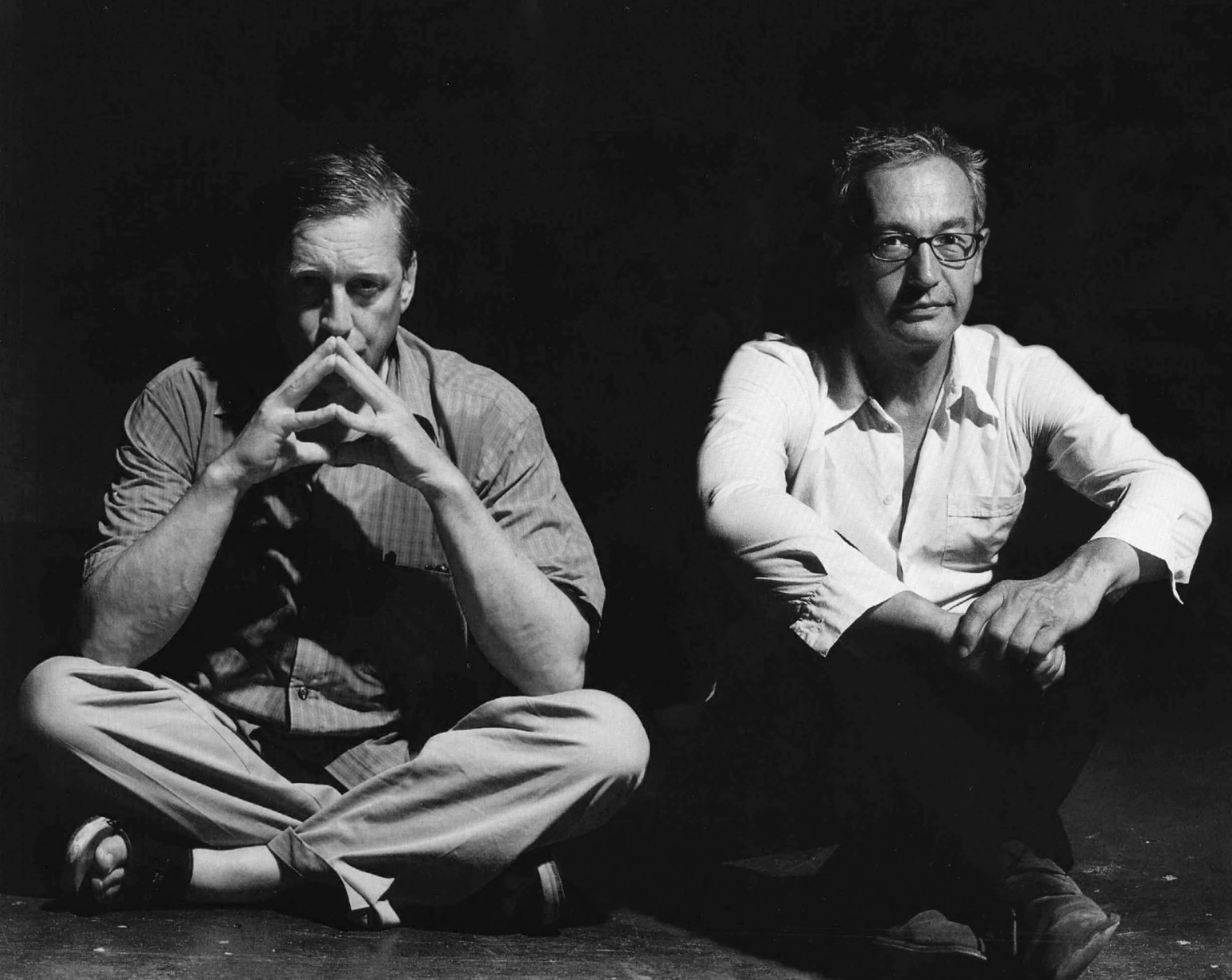
Peter Fischli and David Weiss, often shortened to Fischli/Weiss, were a Swiss artist duo that collaborated beginning in 1979. Their best-known work is the film Der Lauf der Dinge (1987), described by The Guardian as being "post apocalyptic", as it concerned chain reactions and the ways in which objects flew, crashed and exploded across the studio in which it was shot.


Peter Fischli and David Weiss, often shortened to Fischli/Weiss, were a Swiss artist duo that collaborated beginning in 1979. Their best-known work is the film Der Lauf der Dinge (1987), described by The Guardian as being "post apocalyptic", as it concerned chain reactions and the ways in which objects flew, crashed and exploded across the studio in which it was shot.
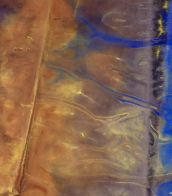
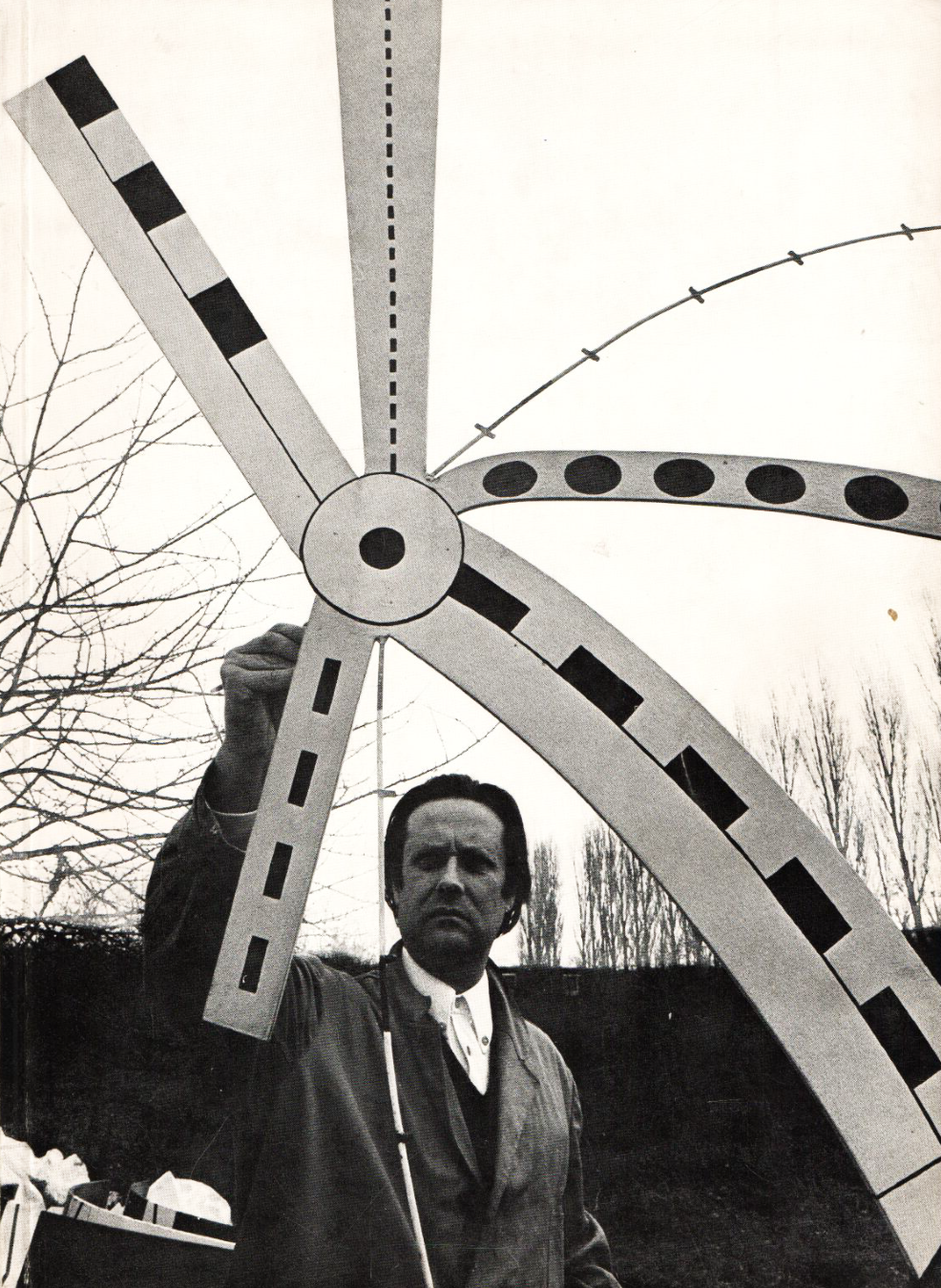
Peter Brüning was an internationally renowned German modernist painter and sculptor. His works of the 1950s can be classified as Informel.
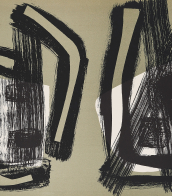
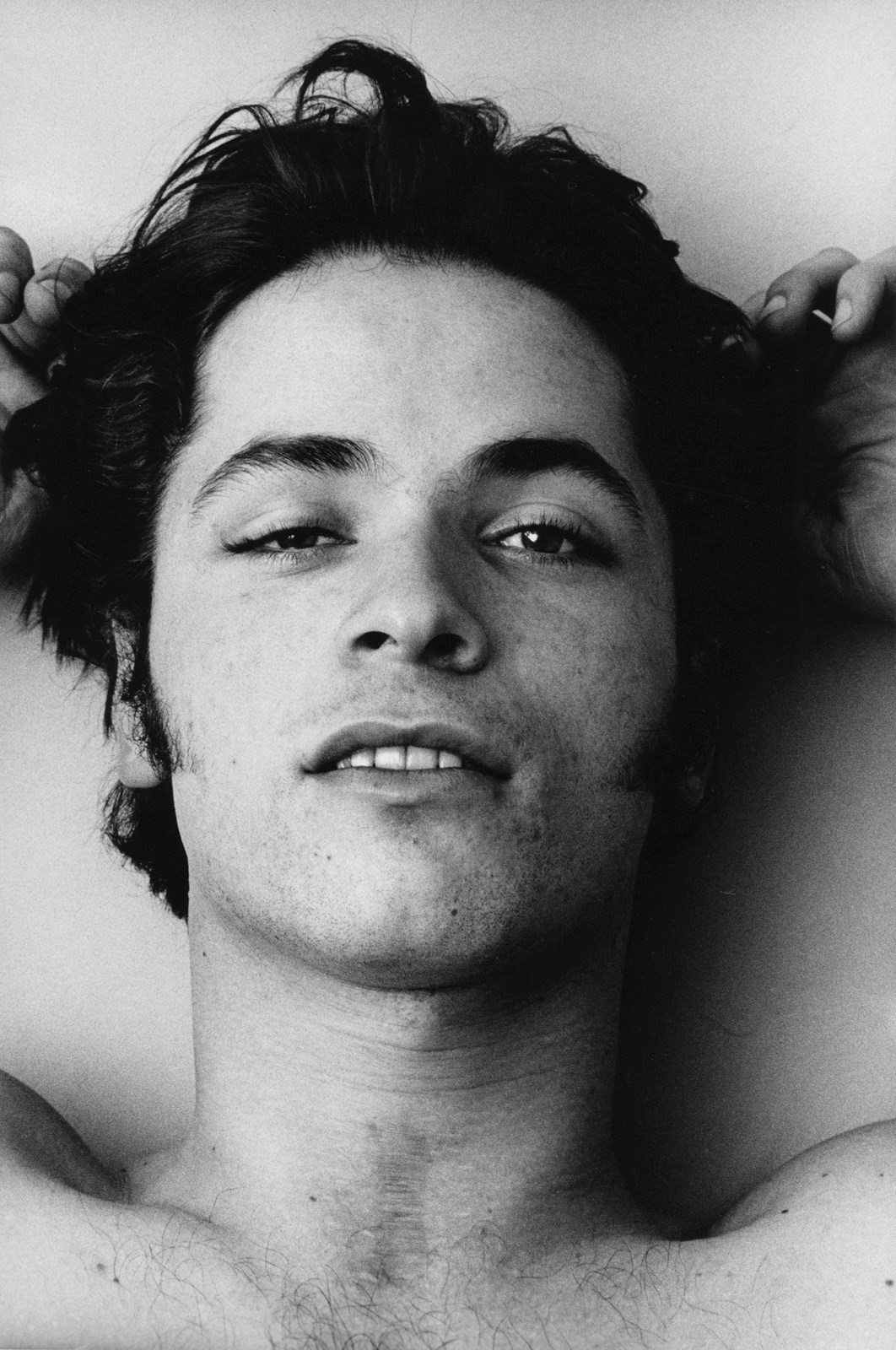
Peter Hujar was an American photographer best known for his black and white portraits. He has been recognized posthumously as a major American photographer of the late-twentieth century. Yet Hujar's work received only marginal public recognition during his lifetime.
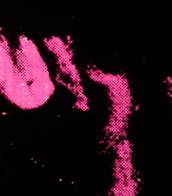

Peter Wtewael was a distinguished Dutch Golden Age painter, known for his exquisite kitchen scenes and mythological figures. Born on June 5, 1596, in Utrecht, he was part of a notable family of artists, with his father Joachim Wtewael and brother Johan Wtewael also being recognized painters. Peter's work is characterized by its vibrant depiction of daily life and classical themes, reflecting the influence of Caravaggio in his use of dramatic lighting and realistic details.
One of Peter Wtewael's notable works, a "Kitchen Scene," is celebrated for its detailed and lively representation of a genre scene, showcasing his mastery in capturing the essence of everyday life during the Dutch Golden Age. This work, along with others, highlights his ability to intertwine erotic themes with humor and naturalistic representation, drawing parallels between the indulgence in food and carnal desires.
Peter Wtewael's contribution to art extends beyond just his paintings; his works are part of the collections of prestigious institutions like The Metropolitan Museum of Art, indicating the lasting impact of his artistic vision. His expertise in portraying both the simplicity of kitchen life and the complexity of mythological narratives has cemented his place in the history of Dutch art.
For collectors and experts in art and antiques, Peter Wtewael's paintings offer a fascinating glimpse into the Dutch Golden Age's rich tapestry of culture, history, and artistry. His legacy is preserved through his vibrant and detailed scenes, which continue to captivate and inspire audiences.
To stay informed about exhibitions, sales, and auctions related to Peter Wtewael, consider signing up for updates from art galleries and auction houses. This will ensure you have the latest information on opportunities to appreciate and perhaps acquire works by this master of the Dutch Golden Age.
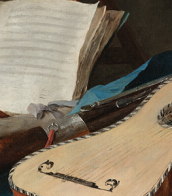

Peter Fischli and David Weiss, often shortened to Fischli/Weiss, were a Swiss artist duo that collaborated beginning in 1979. Their best-known work is the film Der Lauf der Dinge (1987), described by The Guardian as being "post apocalyptic", as it concerned chain reactions and the ways in which objects flew, crashed and exploded across the studio in which it was shot.
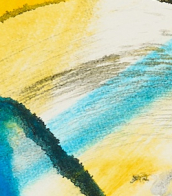
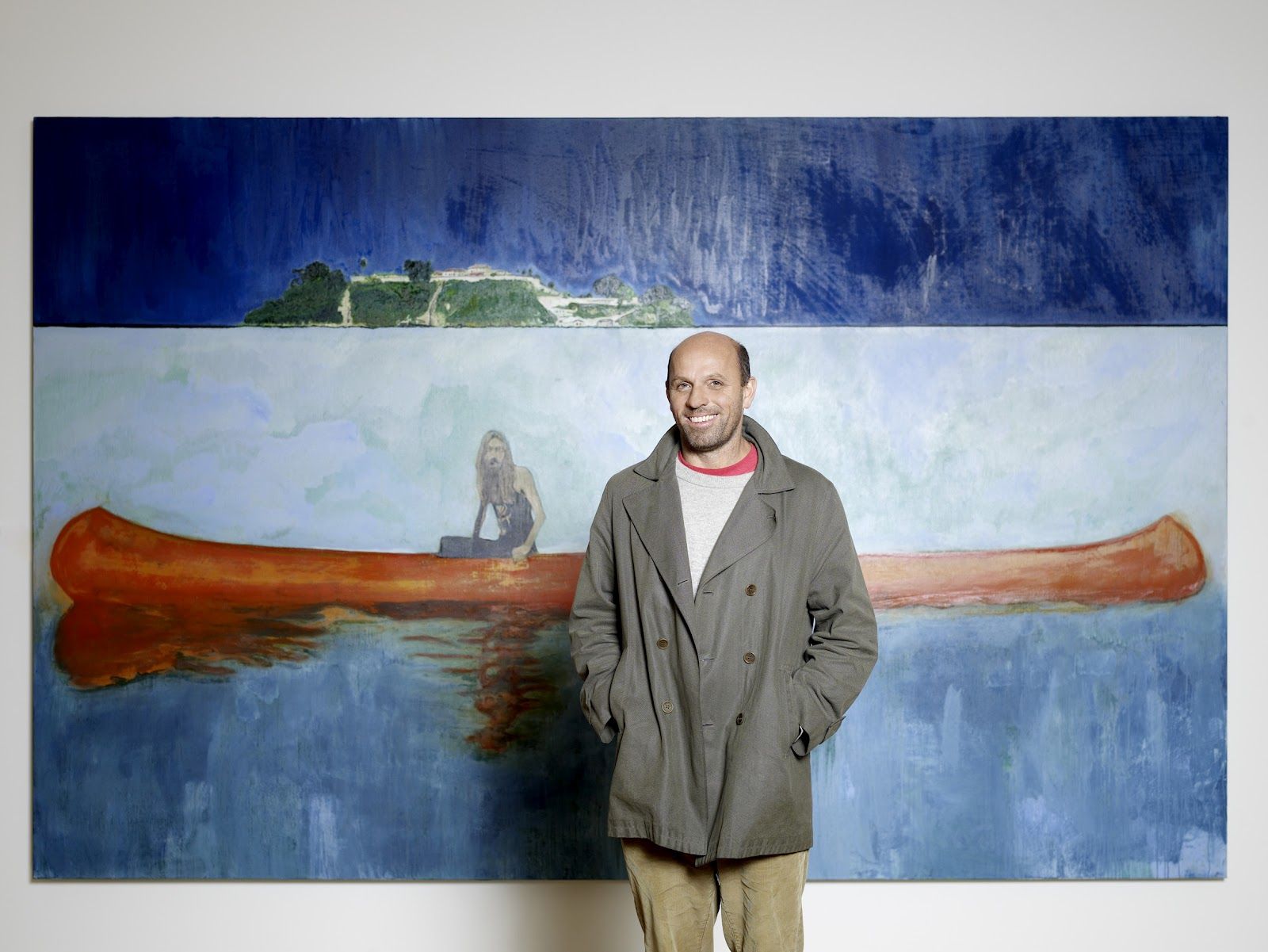
Peter Doig, a Scottish painter, is renowned for his distinct, evocative style that captures elements of the natural world intertwined with a sense of the fantastical. Known for his vibrant use of color and imaginative landscapes, Doig's works often explore themes of memory and nostalgia, heavily influenced by his experiences in Canada, Trinidad, and the United Kingdom.
Peter Doig’s journey in the art world gained significant momentum after his education at Chelsea College of Arts, which was followed by his winning the prestigious Whitechapel Artist Prize in 1991. This recognition led to a solo exhibition at the Whitechapel Art Gallery where he showcased key works that helped define his career, such as "Swamped" and "The Architect's Home in the Ravine."
Throughout his career, Peter Doig has demonstrated a mastery of painting, evident in works like "White Canoe" and "Echo Lake," which reside in major collections such as the Tate and the Saatchi Collection. His art not only reflects his personal history and travels but also incorporates elements from cinema and photography, giving his paintings a dream-like quality that invites viewers to interpret their narratives.
Peter Doig's work has been exhibited worldwide, including significant retrospectives at the Fondation Beyeler in Basel and the Louisiana Museum of Modern Art in Denmark. His achievements in the art world have been recognized with numerous awards, including being named the 2017 Whitechapel Gallery Art Icon.
For those interested in the contemporary art scene, Peter Doig remains a pivotal figure whose works continue to inspire and provoke deep reflection. Art collectors and enthusiasts keen on following updates related to new sales and auction events featuring Doig’s work can sign up for targeted updates here.
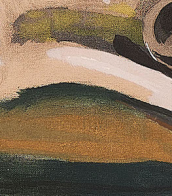
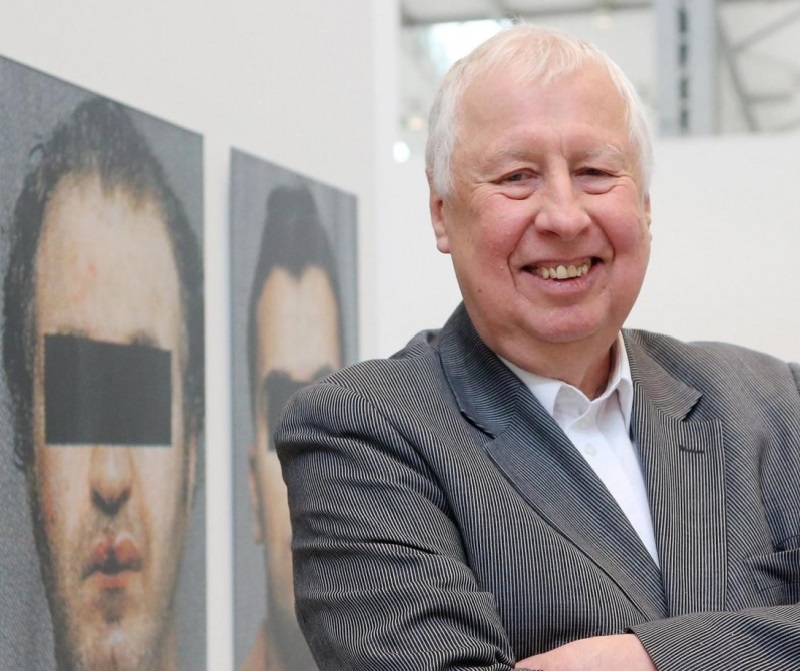
Hans-Peter Feldmann is a German visual artist. Feldmann's approach to art-making is one of collecting, ordering and re-presenting.
Hans-Peter Feldmann is a figure in the conceptual art movement and practitioner in the artist book and multiple formats.
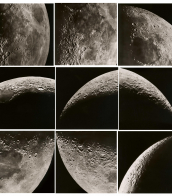

Peter Hujar was an American photographer best known for his black and white portraits. He has been recognized posthumously as a major American photographer of the late-twentieth century. Yet Hujar's work received only marginal public recognition during his lifetime.

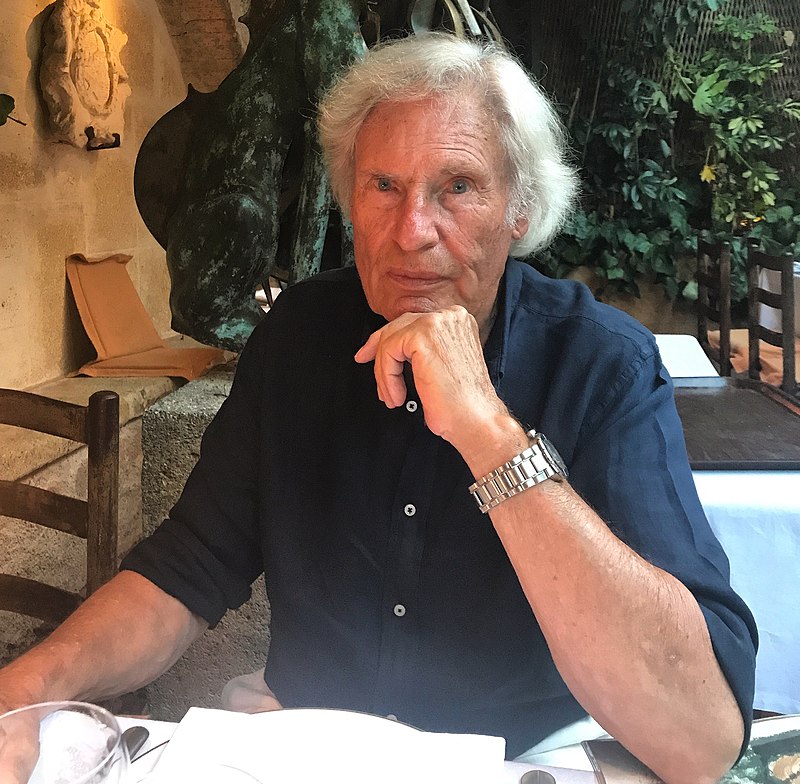
Peter Klasen is a German contemporary sculptor, painter and photographer living in France.
Klasen's work has been exhibited in numerous countries and bought by renowned museums and collections. He has received commissions for frescoes in public buildings in France. Daniel Sibony wrote of Klasen's visual world that it "celebrates our modern, highly mechanised, sterile society in order to denounce, as it were, its inhuman coolness and threatening emptiness." With his works, Klasen leads the viewer "to a hopeless and uncompromising confrontation with the brutal reality of today's society.
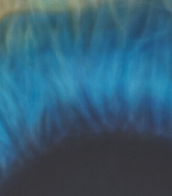

Peter Hujar was an American photographer best known for his black and white portraits. He has been recognized posthumously as a major American photographer of the late-twentieth century. Yet Hujar's work received only marginal public recognition during his lifetime.
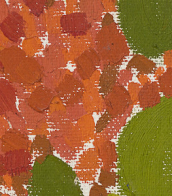

Peter Hujar was an American photographer best known for his black and white portraits. He has been recognized posthumously as a major American photographer of the late-twentieth century. Yet Hujar's work received only marginal public recognition during his lifetime.

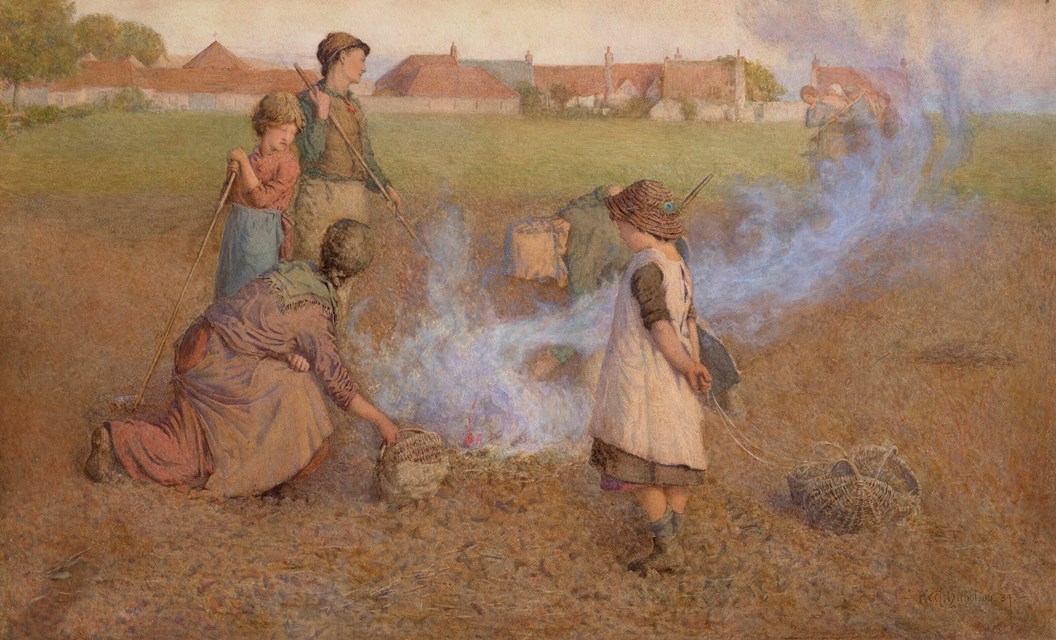
Peter Walker Nicholson was a British painter.
After being educated as a lawyer, Nicholson decided to take up painting and entered the Ruskin School in Oxford. He showed great promise and was very talented, but by tragic accident died very young.
During a year's stay in Paris in 1881, Nicholson was influenced by the work of artists of the Barbizon school, who took as subjects of paintings of everyday life of peasants in a realistic style. Nicholson painted rural landscapes and managed to create his masterpiece, the genre painting The Burning of Weeds, which is on display at the Royal Scottish Academy.
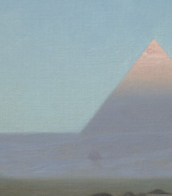
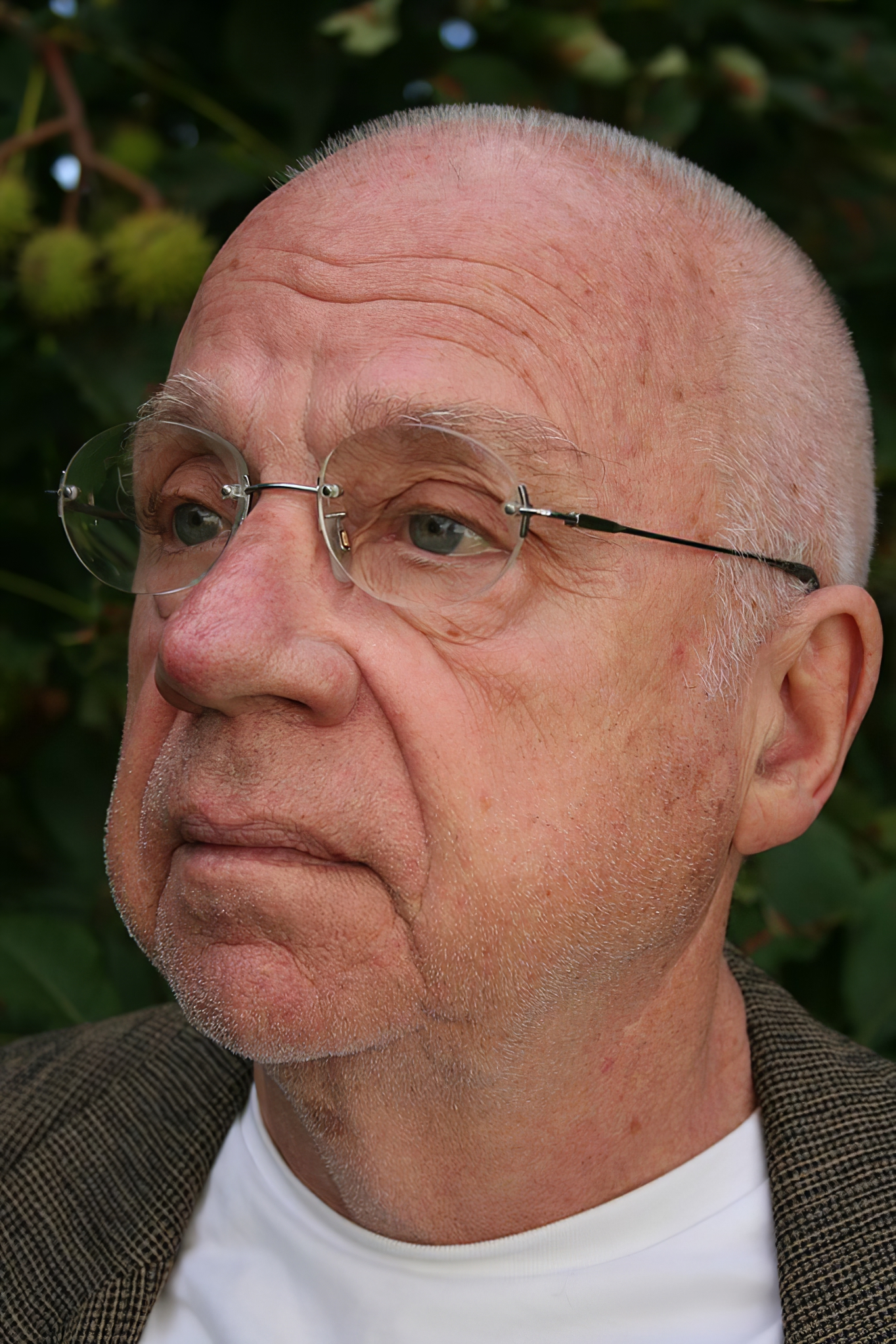
Peter Dreher was a German artist and academic teacher. He painted series of landscapes, interiors, flowers and skulls, beginning his series Tag um Tag guter Tag in 1974. As a professor of painting, he influenced artists including Anselm Kiefer. His works have been exhibited internationally.
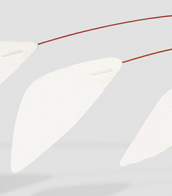

Peter Doig, a Scottish painter, is renowned for his distinct, evocative style that captures elements of the natural world intertwined with a sense of the fantastical. Known for his vibrant use of color and imaginative landscapes, Doig's works often explore themes of memory and nostalgia, heavily influenced by his experiences in Canada, Trinidad, and the United Kingdom.
Peter Doig’s journey in the art world gained significant momentum after his education at Chelsea College of Arts, which was followed by his winning the prestigious Whitechapel Artist Prize in 1991. This recognition led to a solo exhibition at the Whitechapel Art Gallery where he showcased key works that helped define his career, such as "Swamped" and "The Architect's Home in the Ravine."
Throughout his career, Peter Doig has demonstrated a mastery of painting, evident in works like "White Canoe" and "Echo Lake," which reside in major collections such as the Tate and the Saatchi Collection. His art not only reflects his personal history and travels but also incorporates elements from cinema and photography, giving his paintings a dream-like quality that invites viewers to interpret their narratives.
Peter Doig's work has been exhibited worldwide, including significant retrospectives at the Fondation Beyeler in Basel and the Louisiana Museum of Modern Art in Denmark. His achievements in the art world have been recognized with numerous awards, including being named the 2017 Whitechapel Gallery Art Icon.
For those interested in the contemporary art scene, Peter Doig remains a pivotal figure whose works continue to inspire and provoke deep reflection. Art collectors and enthusiasts keen on following updates related to new sales and auction events featuring Doig’s work can sign up for targeted updates here.
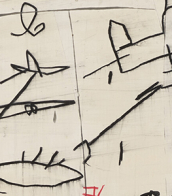

Peter Lely, née Pieter van der Faes, was an English painter of Dutch origin, a member of the Guild of St. Luke in Haarlem.
In England his talent as a portrait painter was very highly regarded, he became a British subject and was knighted. For many years Lely had the title of the most fashionable portrait painter in England. He was the chief portrait painter at the court of Kings Charles I and Charles II. Lely painted many portraits of noble knights and ladies of the court.
